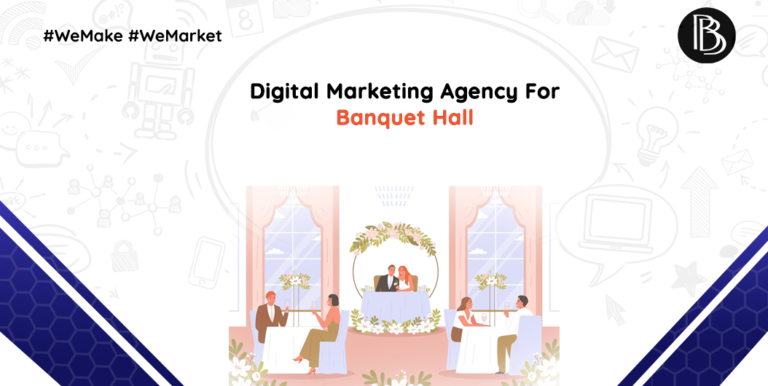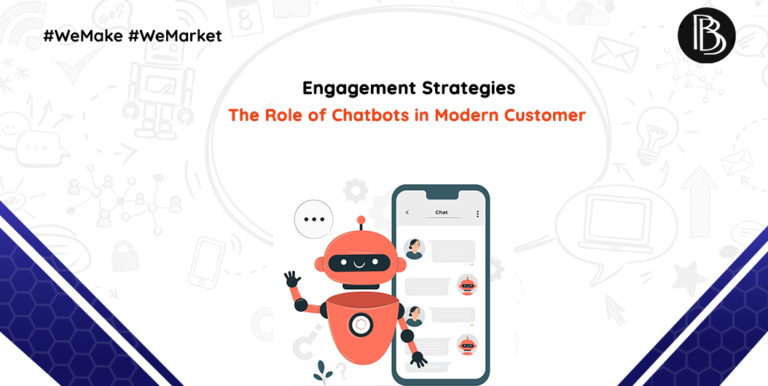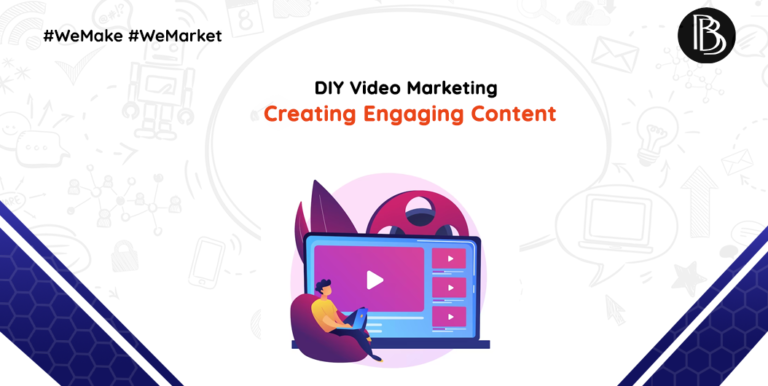Micro-Moments in Marketing: Seizing Opportunities for Engagement
In today’s digital landscape, where consumers are constantly connected through their smartphones and other devices, micro-moments have become a crucial aspect of marketing strategies. These micro-moments are the small, fleeting moments when consumers turn to their devices to seek information, make decisions, or take action on their needs. Understanding and capitalizing on these micro-moments can greatly enhance engagement and drive results for businesses. In this blog post, we will delve into the concept of micro-moment marketing, explore effective digital marketing strategies to increase engagement, and provide actionable insights for businesses looking to leverage these opportunities.

What are Micro-Moments?
Micro-moments are the critical touchpoints within today’s consumer journey, where decisions are made and preferences are shaped. These moments occur when people instinctively turn to their devices – typically smartphones – to act on a need or curiosity. These moments are characterized by their spontaneity, intent-richness, and brief duration. Examples of micro-moments include:
- I-want-to-know moments: When a consumer seeks information or answers a question.
- I-want-to-go moments: When a consumer looks for a local business or considers visiting a physical location.
- I-want-to-do moments: When a consumer searches for instructions or guidance on how to do something.
- I-want-to-buy moments: When a consumer is ready to make a purchase and seeks product information or reviews.
Digital Marketing Strategies for Micro-Moments:
- Optimize for Mobile: Since micro-moments predominantly occur on smartphones, it’s imperative to ensure that your website and content are mobile-friendly and responsive. This includes fast loading times, easy navigation, and clear calls-to-action (CTAs) that cater to users on-the-go.
- Understand User Intent: Analyze search queries and user behavior to understand the intent behind micro-moments. By identifying the specific needs or questions that users have, you can tailor your content and marketing efforts to provide relevant solutions and information.
- Create Relevant Content: Develop content that addresses the needs and queries of users during micro-moments. This could include informative blog posts, how-to guides, instructional videos, or interactive tools that assist users in their decision-making process.
- Utilize Local SEO: For businesses with physical locations, optimizing for local search is essential to capture consumers during “I-want-to-go” moments. Ensure that your business information is accurate and consistent across online directories, and leverage local keywords to improve visibility in local search results.
- Implement Paid Advertising: Utilize pay-per-click (PPC) advertising platforms such as Google Ads to target users during relevant micro-moments. By bidding on relevant keywords and creating compelling ad copy, you can increase visibility and drive traffic to your website or landing pages.
- Leverage Social Media: Social media platforms play a significant role in micro-moment marketing, especially during “I-want-to-know” and “I-want-to-buy” moments. Engage with your audience on platforms like Facebook, Instagram, and Twitter by sharing valuable content, responding to inquiries, and showcasing your products or services.
- Provide Seamless Experiences: Ensure a seamless user experience across all touchpoints, from initial discovery to conversion. This includes optimizing landing pages, streamlining checkout processes, and providing personalized recommendations based on user preferences and past interactions.
By incorporating these digital marketing strategies, businesses can effectively leverage micro-moments to increase engagement, drive conversions, and ultimately, foster long-term relationships with their target audience.
In conclusion, micro-moment marketing presents a valuable opportunity for businesses to connect with consumers in meaningful ways. By understanding the nature of micro-moments and implementing targeted digital marketing strategies, businesses can seize these opportunities for engagement and achieve their marketing objectives. Stay tuned to our blog for more insights and tips on navigating the ever-evolving landscape of digital marketing.







